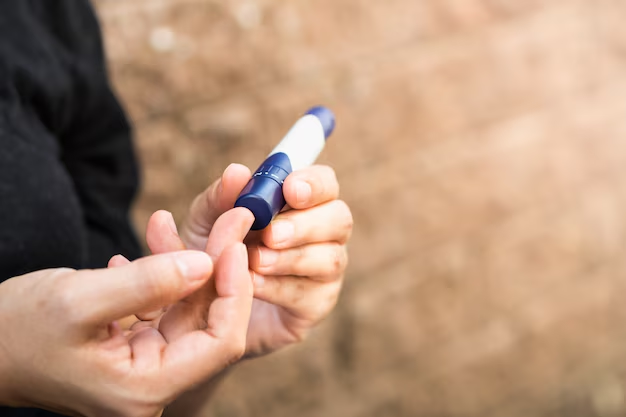Discover How Diabetes Has Been Diagnosed: A Journey Through Time and Resources
Diabetes, a chronic condition affecting millions worldwide, demands early and accurate diagnosis to prevent complications. However, diagnosing this prevalent disease has evolved over centuries, adapting with advancements in medical knowledge and technology.
Evolution of Diabetes Diagnosis
Ancient Practices to Modern Techniques
Ancient Methods: In ancient times, the diagnosis of diabetes was rudimentary. Physicians relied on symptoms like excessive thirst and frequent urination. In some cultures, diabetes was recognized by the "sweet" smell of a patient's urine, and even by "water tasters" who diagnosed the disease by tasting the sweetness in urine.
Discovery of Insulin: The 1920s discovery of insulin was pivotal in diabetes management. However, prior to insulin's discovery, testing methods were primitive, often involving boiling urine and mixing it with yeast.
Advancements in Testing: By the mid-20th century, medical advancements introduced blood glucose tests, offering more precise diagnosis. The development of glucose meters revolutionized home testing, giving patients more control over their blood sugar levels.
Modern Diagnostic Criteria
Today, diagnosing diabetes involves a combination of medical history, symptoms observation, and advanced testing. Common tests include:
- Fasting Plasma Glucose (FPG): Requires fasting and measures the glucose level in the blood.
- Oral Glucose Tolerance Test (OGTT): Involves fasting, consuming a sugary drink, and measuring glucose levels over several hours.
- Hemoglobin A1c Test: Provides an average blood sugar level over the past two to three months, without the need to fast.
Continuous Glucose Monitoring
Recent innovations have led to Continuous Glucose Monitoring (CGM) systems. These devices help track glucose levels in real time, offering detailed insights that are critical for managing diabetes effectively.
Accessing Resources for Diabetes Management
Understanding these diagnostic tools is just the beginning. Once diagnosed, managing diabetes involves medical consultation and lifestyle adjustments. Fortunately, numerous resources are available to help patients, especially those concerned about the financial aspects of managing this lifelong condition.
Government and Financial Assistance Programs
For many diagnosed with diabetes, the cost of medication, equipment, and dietary needs can be overwhelming. Therefore, it’s beneficial to explore various financial assistance programs:
Medicare & Medicaid: Many U.S. citizens benefit from these programs, which provide coverage for diabetes testing supplies, medications, and more.
Pharmaceutical Assistance Programs: Many drug manufacturers offer programs to reduce costs on prescription medications.
Nonprofit Organizations: Groups such as the American Diabetes Association offer guidance and sometimes financial aid to support those affected by diabetes.
Educational Opportunities and Additional Support
Education is crucial in managing diabetes effectively. Here are some avenues to consider:
Community Health Classes: Local hospitals and clinics often offer free or low-cost diabetes education.
Online Courses: Websites like Coursera or YouTube provide valuable diabetic education on lifestyle modifications and management strategies.
Support Groups: Joining support groups can provide encouragement and practical advice from others living with diabetes.
Financial and Educational Resources for Diabetes Management
- 🏥 Medicare & Medicaid: Coverage for tests and medication
- 💊 Pharmaceutical Assistance: Discounts on prescriptions
- 💼 Nonprofit Support: Aid from organizations like ADA
- 🏫 Community & Online Classes: Free or low-cost education
- 🤝 Support Groups: Connect with peers for advice and motivation
